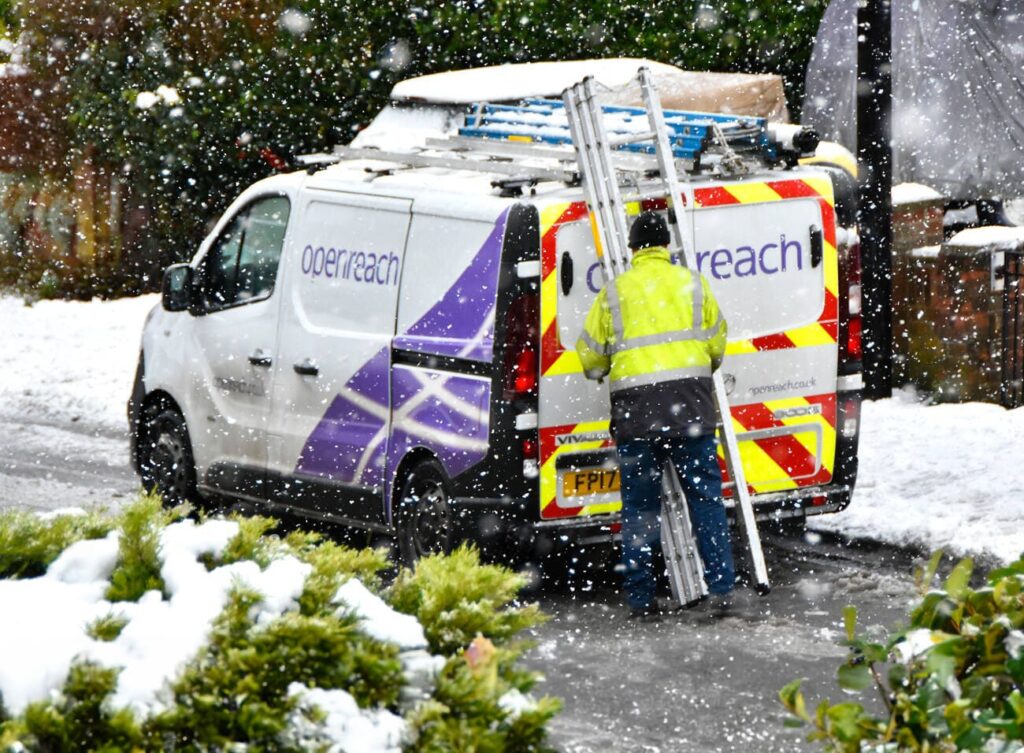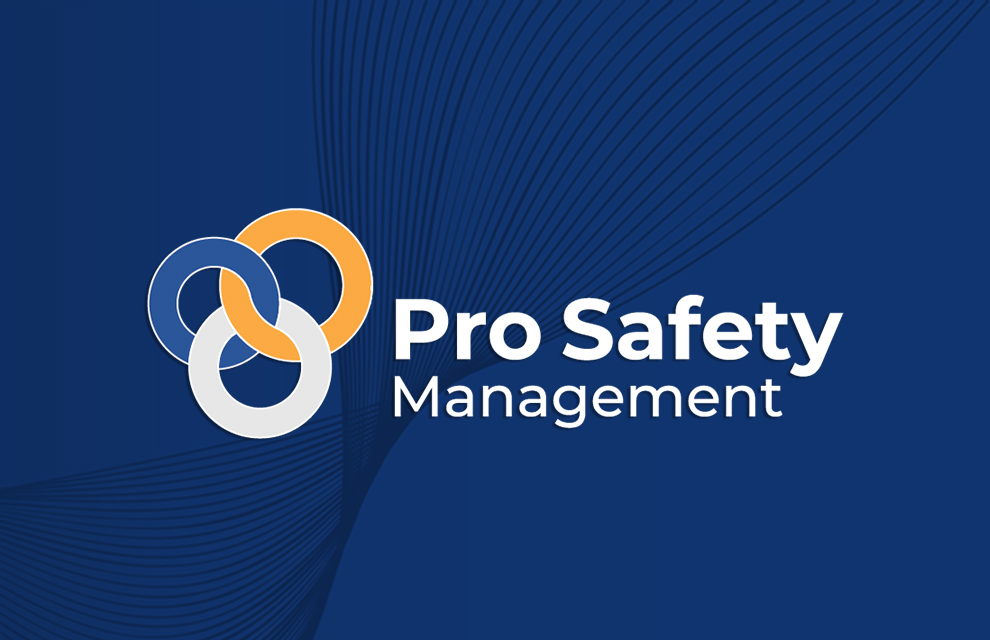
I hope you enjoy reading this blog post.
If you want my team to just do your health and safety for you, click here.
6 Safety Tips for Telecoms Engineers in Winter Conditions

As winter settles in, the challenges for telecoms engineers working in cold and icy conditions become more pronounced. Ensuring the health and safety of your team is paramount during these frigid months. Here are 6 measures to prioritise as you navigate the complexities of winter weather.
1. Suitable Clothing and PPE
Make sure that you are wearing suitable clothing to keep you warm. Some general tips are:
- Wear layers, as you heat up or cool down it is easier to take off/put on to regulate keeping you warm
- Wear good socks and hats, thick warm socks and warm hats will make all the difference in keeping you warn.
- Gloves, if working outside in winter, hand get cold, especially if handling cold equipment and tools. Gloves are a great way to keep your hands warm but if they have the potential to get wet, they can make your hands colder than if you were not wearing them. Look at gloves that are waterproof, or to have spare gloves available and the ability to dry your gloves.
- Wet weather clothing (jackets and trousers) may be essential for keeping dry and therefore warm outside.
- As mentioned with the gloves, either have the means to dry your clothes and boots or carry spares that you can change into.
2. Food and Drink
To keep warm your body burns more calories so a good balanced diet will give your body the energy to burn to help keep you warm.
Interestingly, hot drinks make very little physical benefit in heating your body but the physiological effect of a hot drink (even when you know the science) can help you believe that you are warmer, along with warming hands, and sweet drinks can give you the extra calories you need to burn for the body to keep warm.
3. Driving – Vehicle & Kit Check
Although your vehicle check is important all year round, in cold weather there are a few areas that you may want to double-check:
- Fuel – make sure you have enough fuel for your journey. In bad weather, there is an increase potential for heavy start/stop traffic, in which vehicles use more fuel.
- Wiper blades – wiper blades can get very dirty during winter driving (water spray, rain, road salt etc) and therefore may not works as well as they should. Ensure that your blades are clean and check for damage (i.e. splits in the rubber) changing as nessessry.
- Tyres – The legal tyre tread depth for cars in the UK is 1.6mm but ideally a minimum tread depth of 3mm in icy or very wet conditions. Check your tyre tread depth using either a tyre gauge, the marker bars on your tyre or a 20 pence coin. If you can’t see the outer band of the 20p your tyres are within the legal limit.
- Screen wash – make sure that your screenwash has been filled with a product that is effective to at least -15 degrees Celsius. Remember it is probably too late to check this on the day of the cold weather (if the water has frozen)
- Vehicle Winter Kit List
- Ice scraper and de-icer
- Jump leads
- Reflective warning triangle – ideally two
- Sunglasses
- In-car phone charger – and a portable battery charger
- Blanket
- Torch
6 Simple Checks To Prepare Your Vehicle For Winter – Met Office
4. Icy Conditions
A lot of the locations that you may be visiting may not have been visited by others on that day and there may be icy conditions that have not been managed.
Visually check the route that you are to take, if it is not safe due to being too icy is their anything that you can do – use a different route or use of grit/salt or do you need to identify this as unsafe at this time and come back to it at another time.
5. Manual Handling
If you are cold and therefore your muscles are cold, you are at a greater risk of damaging your muscles when manual handling.
- Keep warm, through suitable clothing, do some basic pre-work exercise to get and keep warm.
- Assess what you can carry in this weather, you may want to reduce the weight of each load from what you would normally carry in warm weather.
6. Lighting
Winter brings shorter daylight hours and rain, snow may reduce this visibility even further.
Ensure that you are wearing the right PPE for the locations you are working in – high visibility tops.
Ensure that you have sufficient tasks and access lighting for the tasks that you are to perform.
Need further support?
Contact us today for a personalised telecoms health and safety solution to ensure health & safety compliance for your business.
Do you want better compliance?
Hey, I’m Alex Burbidge. I’m determined to make a business health and safety compliant. My only question is, will it be yours?

About Pro Safety Management
We are a Specialist Telecoms Health and Safety Consultancy with over 40+ years experience. Serving some of the global leading telecommunication companies, we provide specialist and strategic health and safety management ensuring operational standards at the highest level.
Do you want better compliance?
Hey, I’m Alex Burbidge. I’m determined to make a business health and safety compliant. My only question is, will it be yours?



